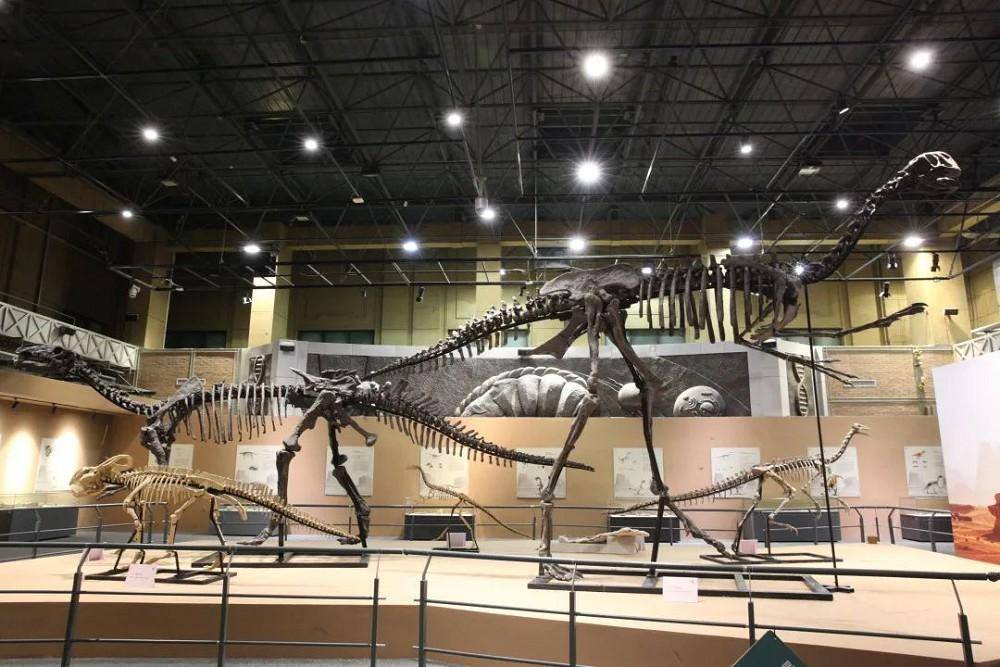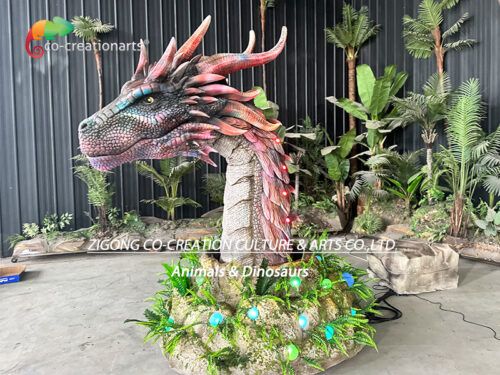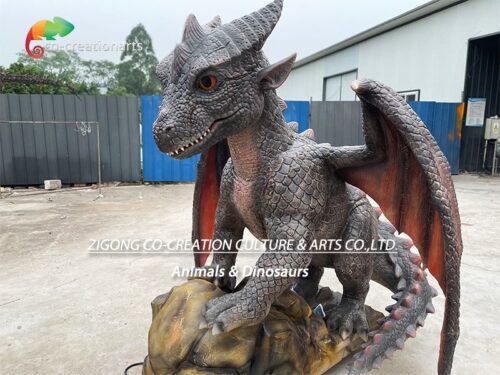
Dinosaur Travels the Gobi: Cretaceous Dinosaurs from Inner Mongolia
Beijing Museum of Natural History
Dragon Travels the Gobi: Cretaceous Dinosaurs from Inner Mongolia

The Mongolian Plateau is one of the hot spots in the study of paleo-vertebrate zoology and biostratigraphy in the Cretaceous period. Since the 1980s, many valuable reptile fossils, including dinosaur bones, eggs and embryos, skin marks and footprints, have been discovered in the Gobi Basin and Erlian Basin of Inner Mongolia, which are of great significance to the study of the global classification of dinosaurs, the mystery of dinosaur extinction, and the exploration of the geographical and climatic changes of the ancient Mongolian Plateau.
Fossil of Gigantoraptor Erlian (left forepaw)






Protoceratops Andrii fossil (trunk skeleton)
Among the exhibits of interest is the fossil of Gigantoraptor Erlian. Gigantoraptor Erlian is the largest known oviraptorid dinosaur, with a body length of about 8 meters and a standing height of more than 5 meters. Its fossils were first discovered in Erlian Basin, Inner Mongolia in 2005. Gigantoraptor Erlian is a special case in the evolution of dinosaurs into birds. Despite its large size, it has more bird-like characteristics than the small oviraptorosaurs, which greatly enriches human understanding of the evolution of dinosaurs into birds.
Other important exhibits include the perfect Bayannur fossil, which is important for understanding the early evolution of iguanodon, the Dong’s Chinese ornithlike fossil, which is preserved in situ and more than 90% complete, and the Gobi Psittacosaurus fossil, which contains several gastroliths.

Dong’s fossil of Ornithosaurus chinensis






